Welcome to the fascinating world of antique crosscut saws—a realm where history intertwines with craftsmanship and each tool holds a story waiting to be unveiled. These relics of the past carry immense significance, not just in their construction but also in the tales they whisper about the eras they served. Understanding and mastering antique crosscut saw identification isn’t merely a hobby; it’s a journey that reveals cultural, technological, and historical insights. Delving into the identification of these saws opens a portal to the past, offering a lens through which we can decipher the evolution of woodworking and the craftsmanship of yesteryears. Join us as we embark on this exploration to unlock the secrets behind antique crosscut saw identification, a skill that unveils the hidden narratives of these timeless artifacts.
History of Antique Crosscut Saws
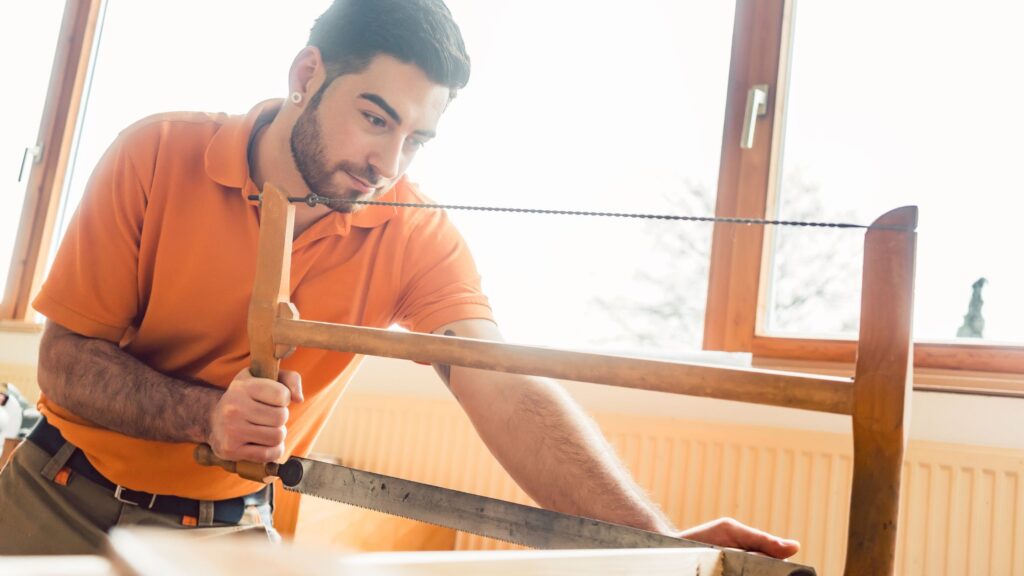
Origins and Evolution of Crosscut Saws
The lineage of antique crosscut saws traces back to ancient times, where early iterations were rudimentary and primarily handcrafted. These saws, initially crafted with basic materials, evolved over centuries, mirroring the advancements in metallurgy and craftsmanship techniques. The genesis of their design and functionality is crucial in understanding the nuances of antique crosscut saw identification. Studying the earliest forms unveils the foundational elements that persisted through subsequent iterations.
Development and Technological Advancements
Throughout history, the evolution of antique crosscut saws saw revolutionary changes driven by technological advancements. Innovations in manufacturing techniques, such as the introduction of tempered steel and improved tooth designs, transformed these saws into more efficient and durable tools. Recognizing these milestones is instrumental in pinpointing key markers for antique crosscut saw identification, as each era brought forth distinct characteristics and manufacturing methodologies.
Significance in Different Eras or Regions
Antique crosscut saws bore the imprint of the eras and regions where they were used. Whether it was the industrial revolution or specific cultural practices, these saws adapted and diversified to suit various needs. Understanding their significance in different epochs and geographical areas is a pivotal aspect of antique crosscut saw identification. Unique regional styles and design features emerged, creating a tapestry of diversity that enthusiasts can unravel while identifying these historical artifacts.
Types and Varieties of Antique Crosscut Saws
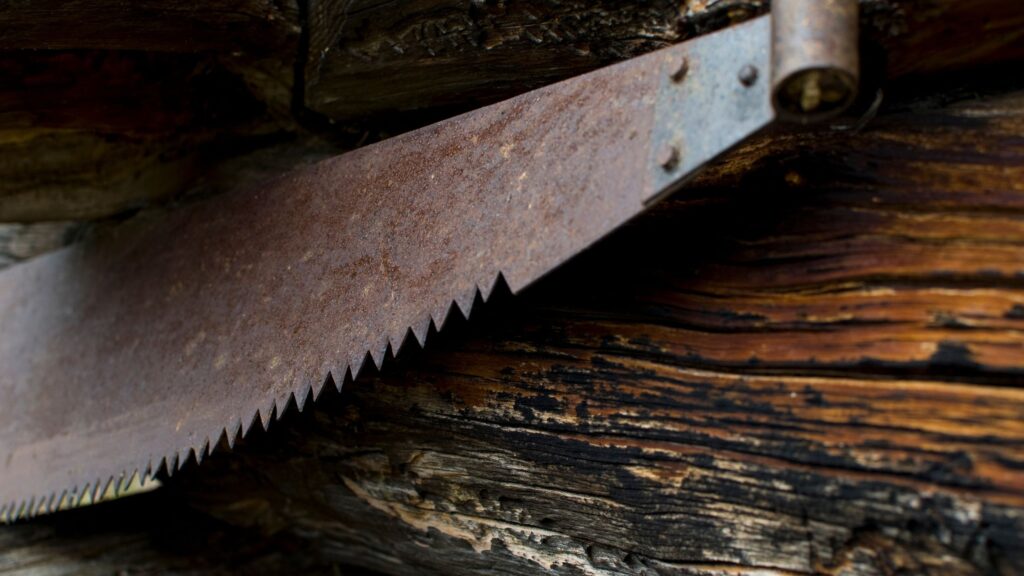
Differentiating Between Types (e.g., Two-Man, One-Man Saws)
Antique crosscut saws encompass a spectrum of types, each tailored to specific purposes and users. Among these variations, the two-man and one-man saws stand out prominently. The distinction between these types lies not only in their size but also in their operational mechanics and the number of individuals required for effective use. Understanding these differences is pivotal in antique crosscut saw identification, as it forms the basis for recognizing and categorizing these saws.
Unique Features and Characteristics of Each Type
Each type of antique crosscut saw bears distinct features and functionalities. From the length and curvature of the blade to the arrangement and style of teeth, these unique characteristics provide crucial clues for identification purposes. Exploring the nuanced differences in design and construction enhances one’s ability to accurately discern between various types, enabling enthusiasts to master the art of antique crosscut saw identification.
Identification Based on Design and Materials
The design intricacies and materials used in crafting antique crosscut saws are fundamental aspects for identification. Variations in wood types for handles, the composition of the blade, and the presence of specific markings or engravings often serve as vital indicators of age, origin, or manufacturer. By scrutinizing these design elements and material compositions, enthusiasts can refine their skills in antique crosscut saw identification, enabling them to attribute a saw to its era, maker, or geographical origin with increased accuracy.
Identifying Antique Crosscut Saws
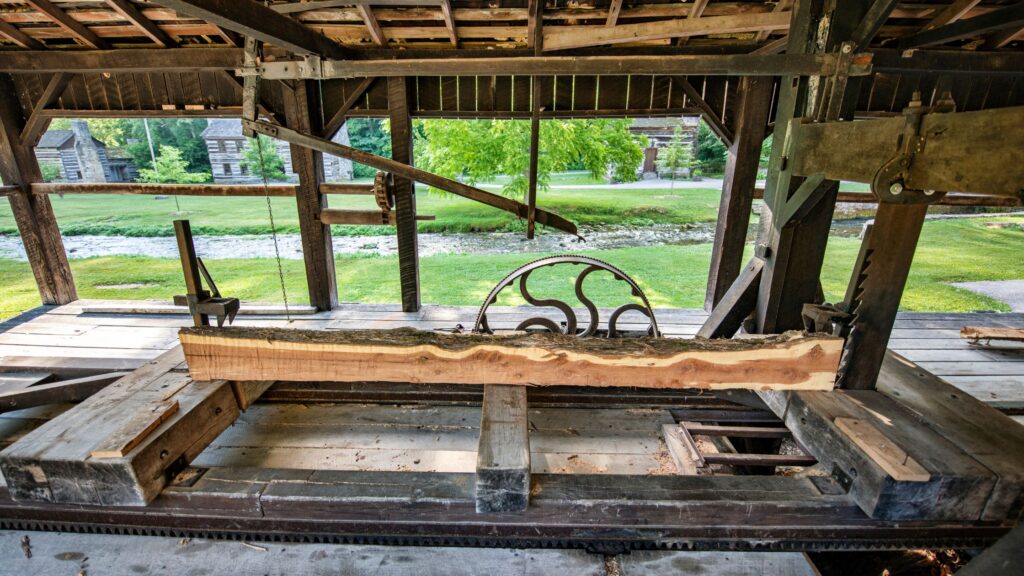
Inspection Techniques and Tools Required
Identifying antique crosscut saws demands a keen eye and the utilization of specific inspection techniques and tools. Magnifying glasses, measuring tools, and even specialized lighting can aid in examining the saw’s intricacies. Delving into the finer details, such as examining the tooth patterns, evaluating the handle’s craftsmanship, and scrutinizing any markings or stamps, forms an integral part of the antique crosscut saw identification process.
Key Components to Look for in Identification
Several key components serve as focal points during the identification of antique crosscut saws. The blade’s teeth configuration, the presence of medallions or logos on handles, and any unique design elements or alterations often hold critical information regarding the saw’s origins or manufacturer. Understanding these pivotal components is essential in discerning the subtle nuances that differentiate one saw from another, contributing significantly to accurate antique crosscut saw identification.
Detailed Steps for Accurate Identification
Accurate identification requires a systematic approach. Beginning with preliminary observations, progressing through detailed examinations of the saw’s components, and cross-referencing findings with historical records or catalogs, all contribute to precise antique crosscut saw identification. Developing a step-by-step methodology ensures a comprehensive evaluation, enabling enthusiasts to confidently attribute the saw to a specific era, maker, or geographic region. This meticulous approach enhances the accuracy and authenticity of the identification process, fostering a deeper appreciation for these historical artifacts.
Common Mistakes in Identification
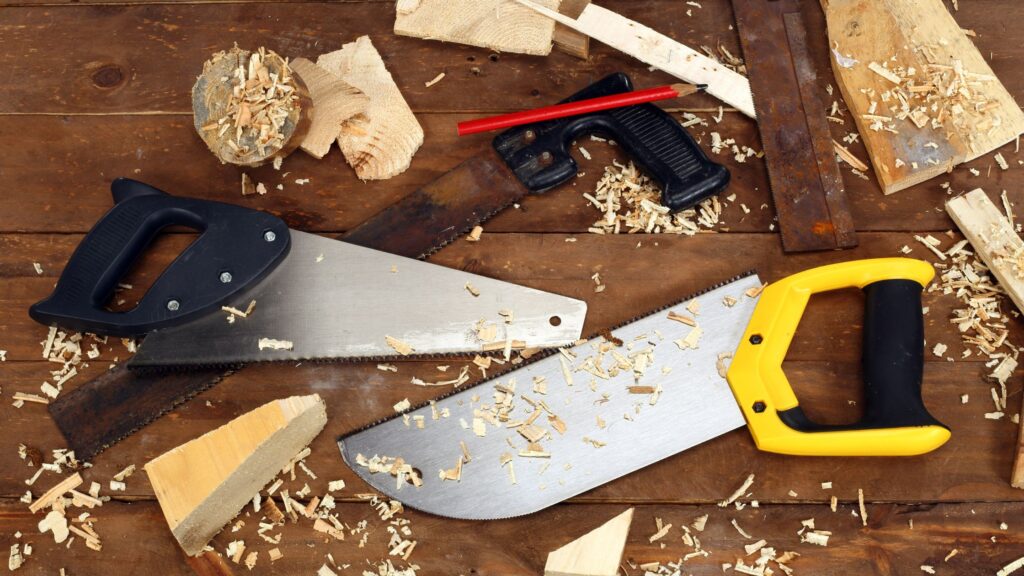
Errors to Avoid When Identifying Antique Crosscut Saws
In the pursuit of mastering antique crosscut saw identification, enthusiasts often encounter common pitfalls that can lead to misattributions or inaccurate assessments. One prevalent mistake involves overlooking subtle details or dismissing certain features that could hold significant historical or contextual value. Additionally, relying solely on visual cues without considering the broader historical context or provenance might lead to misidentifications. This section aims to highlight these errors, enabling enthusiasts to navigate the identification process more effectively.
Misconceptions or Misleading Factors
Misconceptions and misleading factors can cloud the process of antique crosscut saw identification. One prevalent misconception involves assuming uniformity in design across eras or regions, disregarding the diverse variations that exist within antique crosscut saws. Another misleading factor includes the presumption that age equates to value, overlooking other critical factors such as craftsmanship or rarity. Understanding and addressing these misconceptions are crucial steps towards honing accurate identification skills and avoiding erroneous attributions.
Tips for Authenticity Confirmation
Authentication Methods and Experts’ Advice
Authenticity confirmation in antique crosscut saw identification often benefits from specialized authentication methods and insights from seasoned experts. Techniques such as metallurgical analysis, handle style comparisons, and consulting with recognized authorities in the field can provide invaluable guidance. Seeking advice from experts who have extensive experience in appraising and identifying antique crosscut saws can significantly enhance one’s ability to authenticate these historical artifacts accurately.
Reliable Resources and Databases for Reference
Access to reliable resources and databases plays a pivotal role in confirming the authenticity of antique crosscut saws. Online repositories, historical catalogs, and reputable publications dedicated to antique tools can serve as valuable references. These sources often feature detailed information, illustrations, and archives of manufacturers’ marks or unique design features, aiding enthusiasts in cross-referencing and validating their findings during the antique crosscut saw identification process.
Value and Preservation
Determining the Value of Antique Crosscut Saws
Assessing the value of antique crosscut saws goes hand-in-hand with the process of antique crosscut saw identification. Various factors contribute to their value, including rarity, historical significance, condition, and demand among collectors. Understanding these elements enables enthusiasts to make informed assessments of a saw’s worth, whether for personal interest or potential sale. Exploring auction records, consulting with appraisers, and staying updated on market trends aids in gauging the value of these collectible artifacts accurately.
Tips for Preserving and Maintaining These Collectibles
Preservation is vital in maintaining the integrity and value of antique crosscut saws. Implementing proper storage techniques, such as keeping them in a controlled environment to avoid humidity or temperature fluctuations, can prevent deterioration. Regular cleaning using non-abrasive methods and the application of protective coatings, if recommended for the specific saw, safeguard against corrosion or decay. Additionally, handling these saws with care, using appropriate techniques when displaying or storing them, contributes to their long-term preservation and enhances their allure for future antique crosscut saw identification enthusiasts.
Case Studies or Examples
Real-Life Examples of Successful Identification
Exploring real-life examples of successful antique crosscut saw identification serves as an invaluable learning tool for enthusiasts. Highlighting instances where individuals accurately identified and attributed a saw to its historical period, manufacturer, or unique features can offer insights into the identification process. These case studies may include detailed analyses of the saw’s characteristics, the methodologies employed, and the resources utilized, providing practical guidance for others navigating similar identification endeavors.
Stories That Highlight the Significance of Accurate Identification
Behind every accurately identified antique crosscut saw lies a story waiting to be shared. Narratives that showcase the significance of precise identification—whether unveiling a rare saw with an exceptional history or discovering a hidden gem overlooked for years—underscore the importance of honing antique crosscut saw identification skills. These stories not only celebrate successful identifications but also inspire enthusiasts to delve deeper into the world of antique tools, encouraging them to uncover their own stories within these historical artifacts.
Conclusion
Accurate identification of antique crosscut saws is not merely an exercise in classification; it’s a journey that unravels the rich tapestry of history, craftsmanship, and human ingenuity. Throughout this exploration, we’ve delved into the intricate world of antique crosscut saw identification, understanding its historical evolution, diverse types, and essential identification techniques. Precise identification serves as the cornerstone of preserving and appreciating these historical artifacts. It enables enthusiasts to decipher their origins, historical context, and craftsmanship, fostering a deeper understanding and respect for these timeless tools. For those captivated by the allure of antique crosscut saws, this is merely the beginning of an exhilarating journey. Keep exploring, learning, and honing your identification skills. Each saw holds a unique story, waiting to be discovered and shared among passionate collectors and history enthusiasts alike. The fascination surrounding antique crosscut saws transcends their functional purpose. They embody craftsmanship, innovation, and the stories of eras gone by. As you continue to delve into the world of antique tools, remember that each saw is a testament to human artistry and the evolution of woodworking. Join us in celebrating the marvels of antiquity! For further exploration into the world of antique tools, delve into our comprehensive guide on Antique Plow Identification featured on our website. Explore the diverse world of historical tools and continue unraveling the mysteries of the past.
Thank you for joining us on this enlightening journey through the realms of antique crosscut saw identification. Let’s keep the passion for history alive and continue preserving these invaluable artifacts for generations to come!
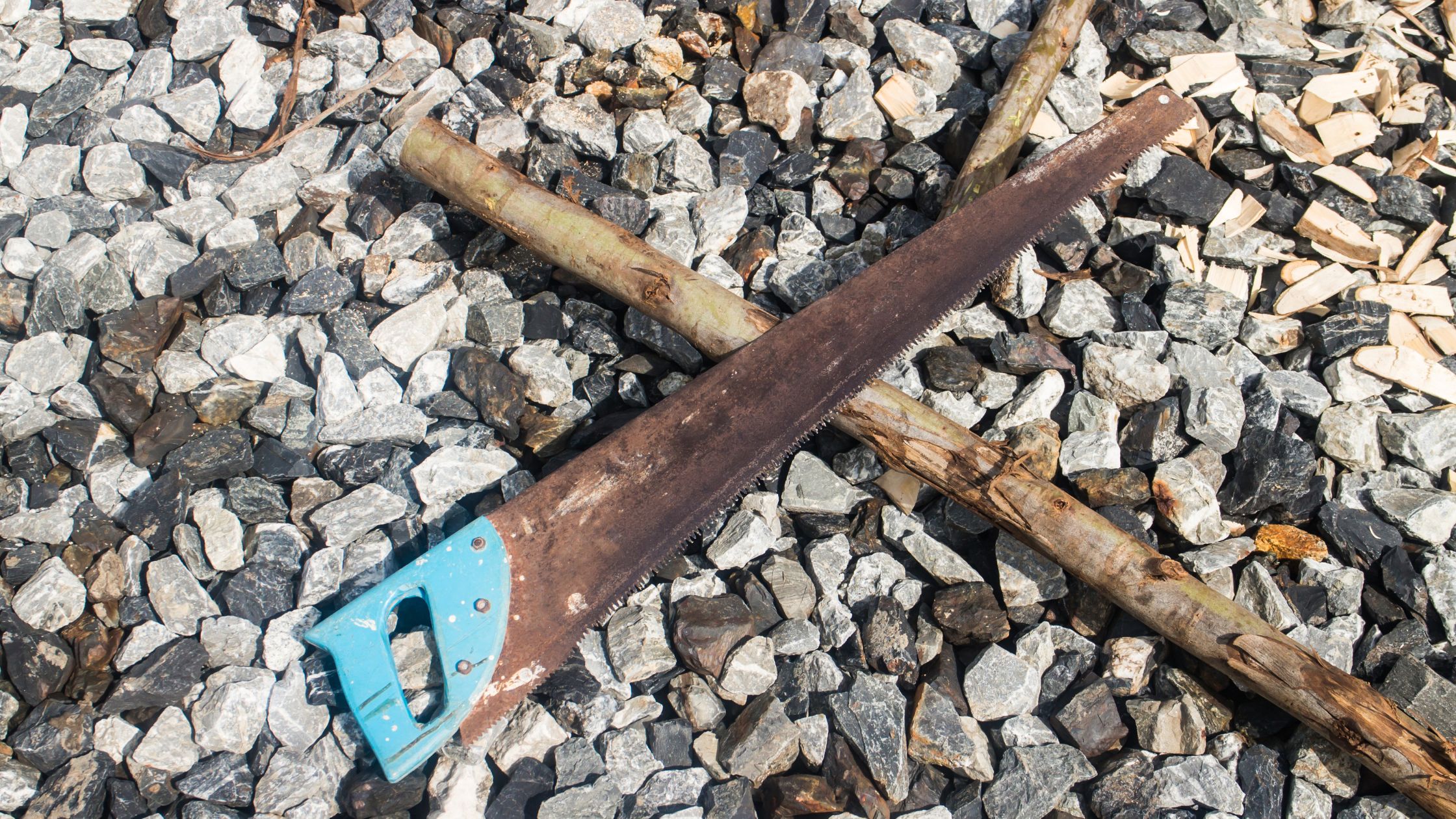
Leave a Reply